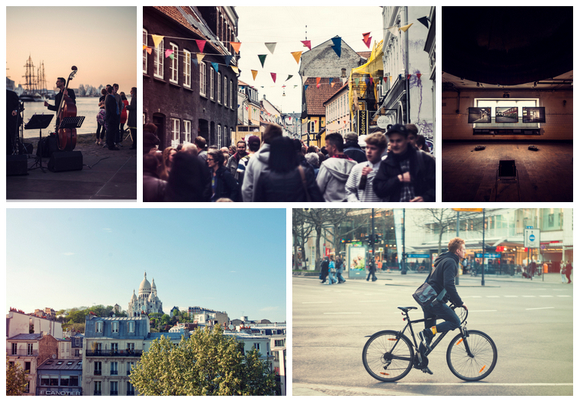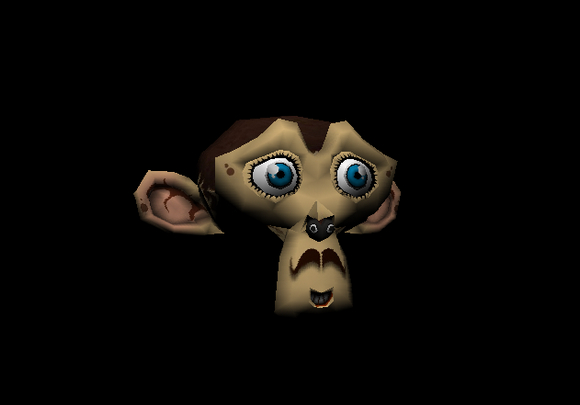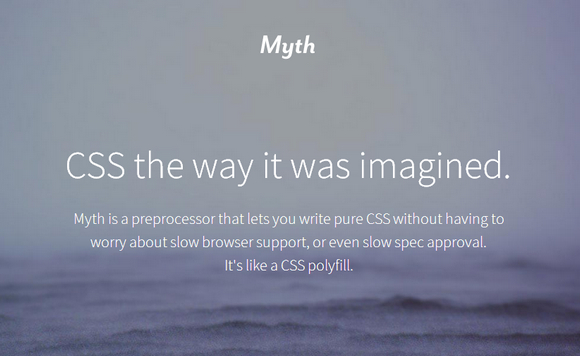Carlos works as a freelance theme crafter. He loves bootstrap & free stuff, that’s why he created BlackTie.co. There are some free handsome Bootstrap themes for everyone, and “free” doesn’t always mean crappy.
If you need a good looking theme for your project, and have no money to afford a premium one, you came to the right place. BlackTie.co offers totally free handsome bootstrap themes. No strings attached. Grab one & enjoy it. Bi-weekly Updates.

Requirements: Bootstrap
Demo: http://www.blacktie.co/
License: License Free
Cockpit was born out of the need of building a simple dynamic site. Sure, WordPress, Joomla, Drupal and all the other full-stack content management systems are possible solutions for that task, but if you just want to manage a simple site, they are just too bloated and too time consuming to setup and maintain.
Cockpits goal is to be simple, but yet powerful and designed in that way that you can spend less time trying to squeeze your site into a theme or template. No need to setup a database server. You need a backup? Just zip your project folder or better, combine it with versioning systems like Git. All Code is Open Source & MIT Licensed.

Requirements: –
Demo: http://getcockpit.com/
License: MIT License
Terry Mun has shared an tutorial for Creating Beautiful Photosets with jQuery and CSS. It fits into a fluid width layout. It is fully customisable, such that one can dictate the layout as desired, preferably in a straight forward, fuss-free manner.
All images fit snugly into a single row, but their widths are adjusted accordingly so that all images on the same row fill the entire width, not more and not less, of its parent container, while preserving their individual aspect ratios.

Requirements: jQuery and CSS
Demo: https://medium.com/coding-design/7742e6f93d9e
License: License Free
SpinKit contains some simple but awesome loading spinners animated with CSS. They use CSS animations to create smooth and easily customizable animations. The goal is not to offer a solution that works in every browser. If you’re building a site with users running IE9 and below, you’ll want to detect support for the CSS animation attribute, and implement a fallback animation (e.g. a GIF.)

Requirements: CSS
Demo: http://tobiasahlin.com/spinkit/
License: License Free
Here is the final tutorial of this long series. We’re going to see how to apply a texture to a mesh by using mapping coordinates exported from Blender. If you’ve managed to understand the previous tutorials, it will just be some piece of cake to apply some textures. The main concept is once again to interpolate some data between each vertex. In the second part of this tutorial, we’ll see how to boost the performance of our rendering algorithm. For that, we’re going to only display visible faces by using a back-face culling approach. But to go even further, we will use our last secret weapon: the GPU.
You will then understand why OpenGL/WebGL and DirectX technologies are so important to make realtime 3D games. They help to use the GPU instead of the CPU to render our 3D objects. To really see the differences, we will load the exact same JSON file inside a WebGL 3D engine named Babylon.JS. The rendering will be far better and the FPS will be without any comparison, especially on low-end devices!

At the end of this tutorial, you will have this final rendering inside our CPU-based 3D software engine:
Read the rest of this entry »
Myth is a preprocess that lets you write pure CSS without having to worry about slow browser support, or even slow spec approval. It’s a like CSS polyfill. Myth lets you write pure CSS while still giving you the benefits of tools like LESS and Sass. You can still use variables and math functions, just like you do in preprocessors.
Some of the features in CSS require runtime calculations, which neither Myth nor preprocessors handle, but what Myth does is let you write your code today in the future syntax, so that your code is future-proof. When browsers finally support these features you won’t need to rewrite anything, just remove Myth and start using the cascade.

Requirements: CSS Framework
Demo: http://www.myth.io/
License: MIT License
Would you like to add a beautiful interactive snow animation to your website? OXP created a plugin which helps you create and control festive snow on your website using HTML5 Canvas. There is an abstract interface to let you control how the snow behaves without diving into the source code. They have also added a few functions such as responsive, a snow direction etc.

Requirements: HTML5 Canvas
Demo: http://www.onextrapixel.com/examples/let-it-snow/
License: License Free
Koa is a new web framework designed by the team behind Express, which aims to be a smaller, more expressive, and more robust foundation for web applications and APIs. Through leveraging generators Koa allows you to ditch callbacks and greatly increase error-handling.
Koa does not bundle any middleware within core, and provides an elegant suite of methods that make writing servers fast and enjoyable. Koa’s middleware flow in a stack-like manner allowing you to perform actions downstream, then filter and manipulate the response upstream. Koa’s use of generators also greatly increases the readability and robustness of your application.

Requirements: Node.js Framework
Demo: http://koajs.com/
License: MIT License
Social Kit is fully sliced and customizable templates for your Facebook, Twitter, Google and YouTube channel. It includes cover images, profile pictures and ad banners in a free Photoshop plugin. Automatically updated upon every major or minor change of social site design.
You can see your design changes right when you make them. The look you get with Social Kit is the look you get on the site. As easy as pie. Social Kit is fast, simple and Free.

Requirements: Adobe Photoshop
Demo: http://socialkit.madebysource.com/
License: License Free
Inky Deals is one of the leading deals websites in the design community, with an extended family of more than 300,000 design enthusiasts. ItÂ’s the place to go if you want to buy premium resources at unbeatable prices, whether youÂ’re a graphic or web designer, developer, or business owner looking to improve yourself and your work.
471 Premium Design Resources for Free
Because Inky (the lovable little ink blob and mascot of Inky Deals) and his team enjoy giving back to the community, theyÂ’ve created a huge free web design bundle: 471 Premium Design Resources for Free value $519, which you can find exclusively on Inky Deals.

It contains textures, UI kits, HTML, PSD & WordPress templates, patterns, fonts, courses and much more. Read the rest of this entry »













